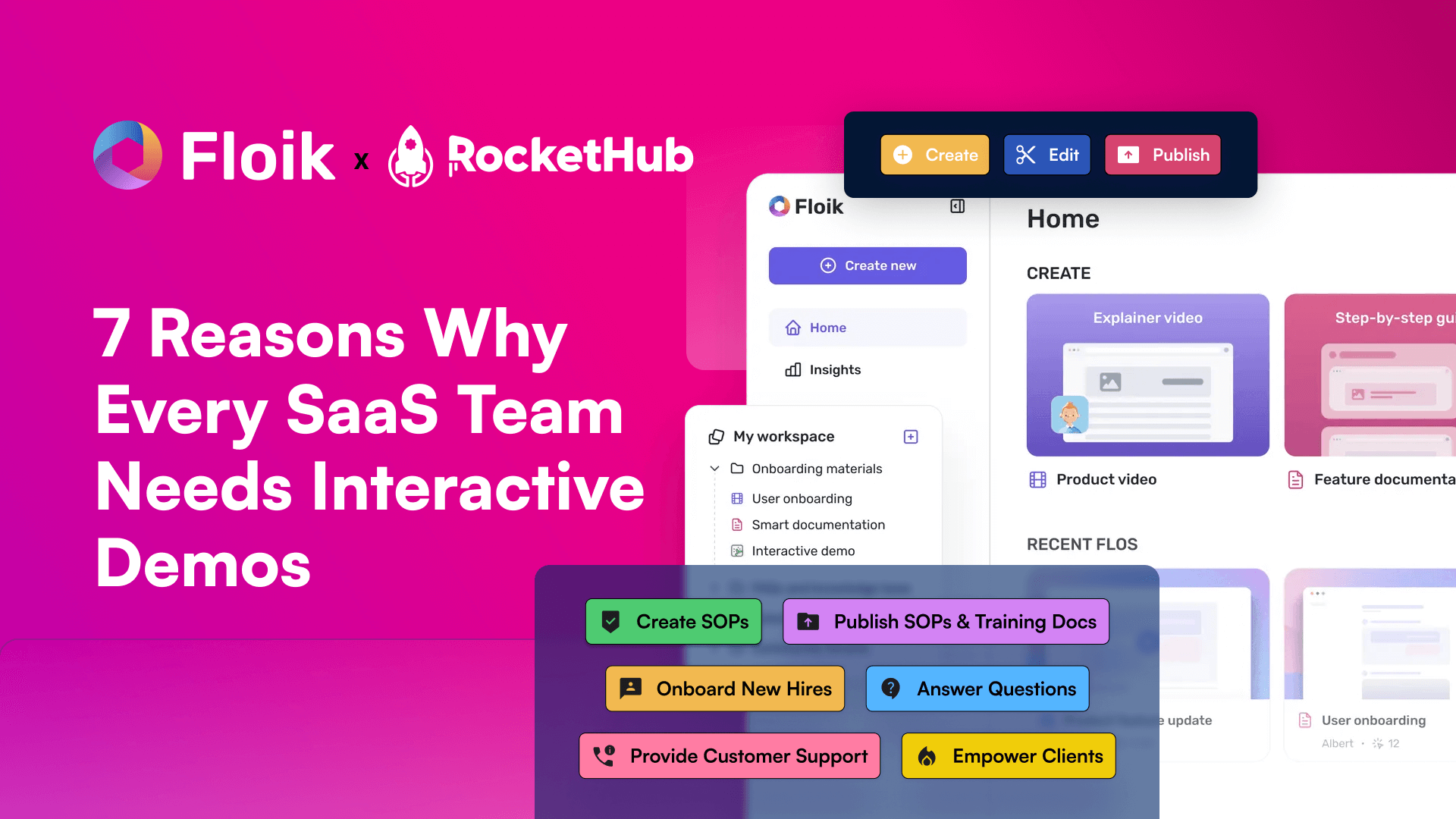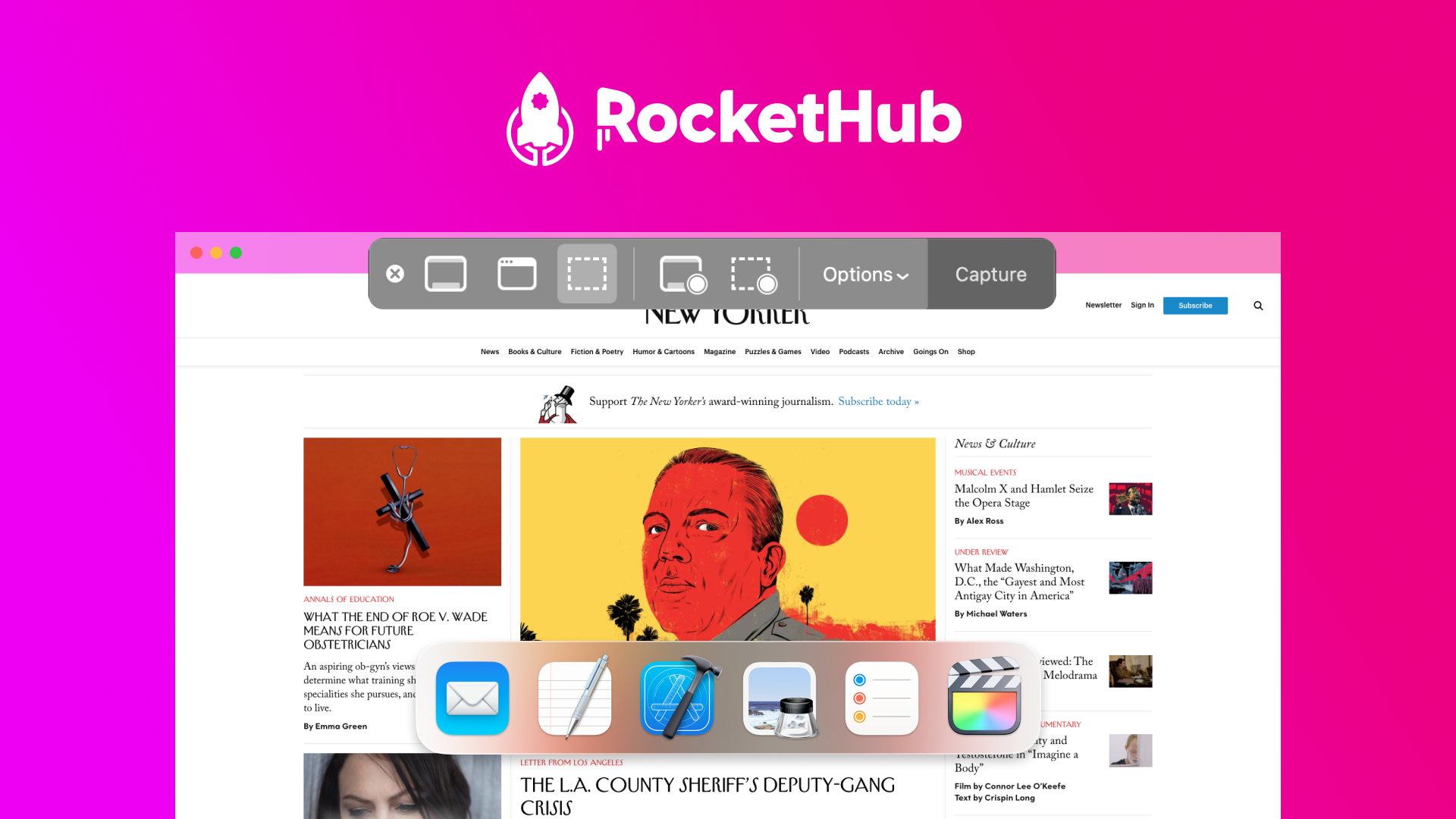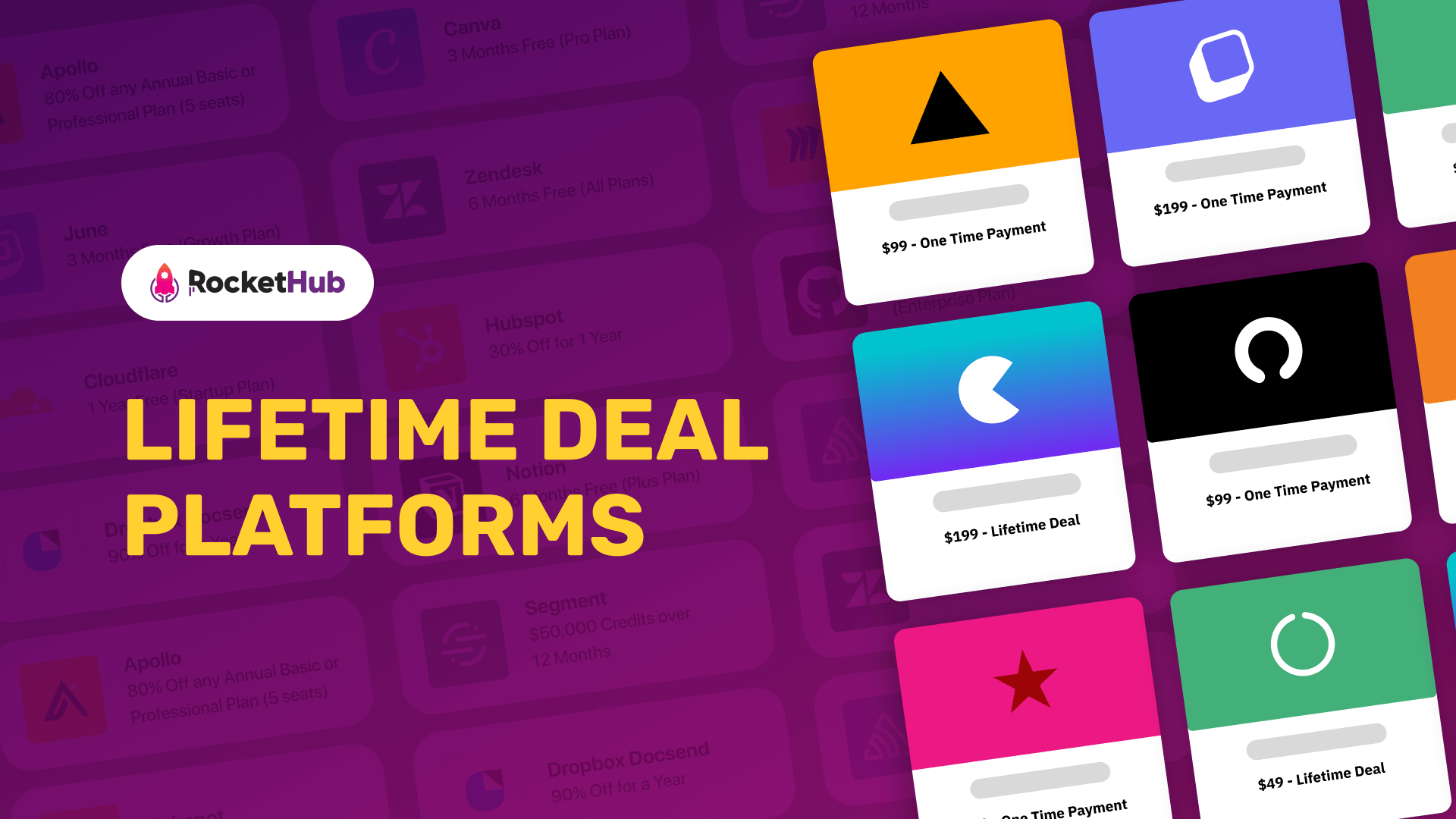
How to Build an Effective SaaS Sales Pipeline
- Angel Alfred
- December 6, 2022
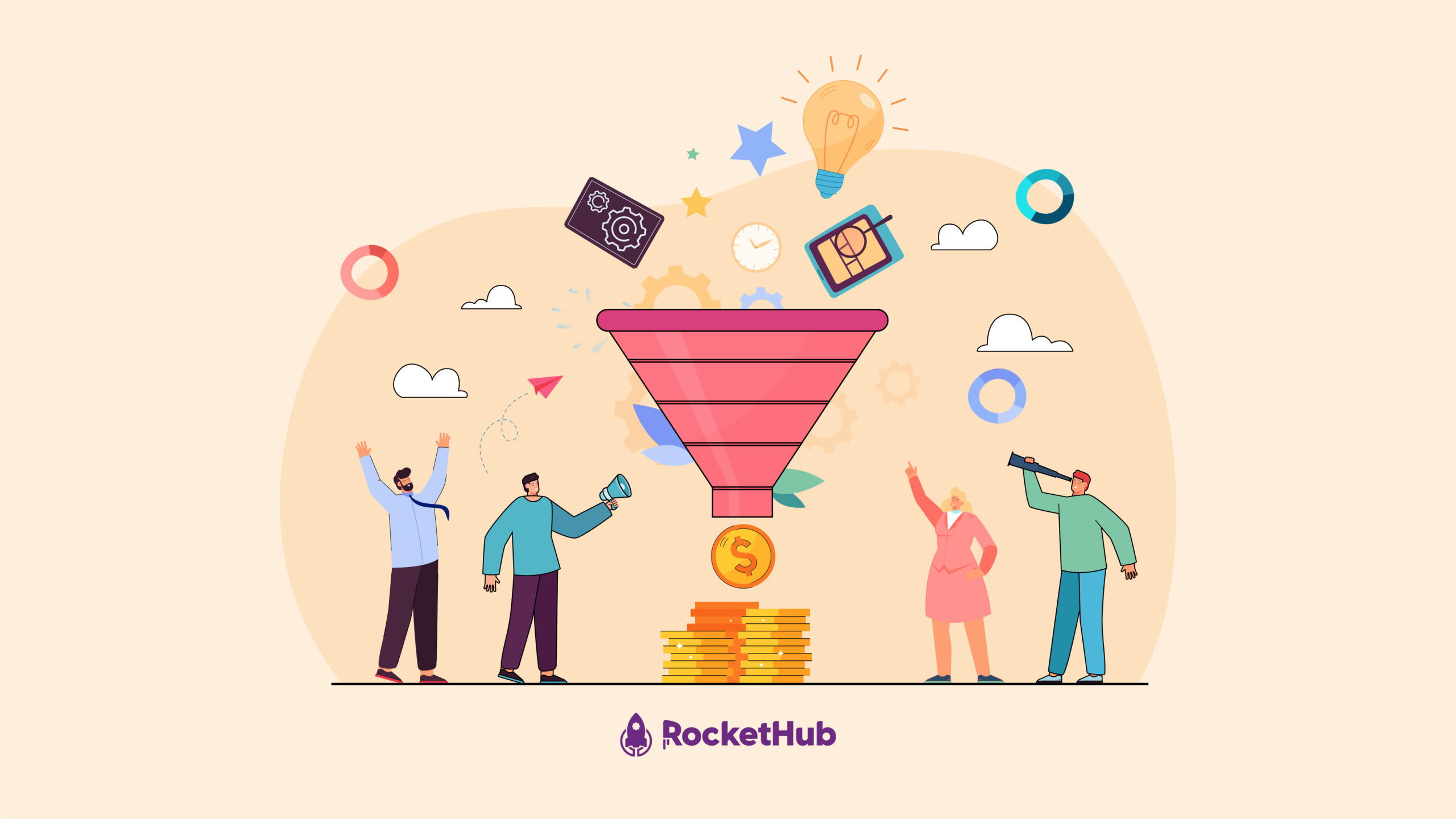
A sales pipeline is a visual representation of each step of the sales process, from prospecting to closing. It’s what helps you to plan, prioritize and measure the success of your sales efforts. The good news is that there are plenty of best practices you can follow to create an effective SaaS sales pipeline. In this blog post, we will discuss how to build an effective SaaS sales pipeline and the key elements you need to consider to ensure success.
What is a Sales Pipeline?

A sales pipeline is a visual representation of your sales inflow and where all of your prospects are currently in the sales process – from the standpoint of your sales reps. Your pipeline provides a clear picture of how many open opportunities your team has on the table, as well as the path they need to follow to close those sales opportunities.
How does your prospect slide from one stage to the next throughout the sales process until finally become a customer? That’s what a sales pipeline helps you to analyze and improve.
It is an organized way of tracking potential customers through their journey of being recognized as a lead to making a purchase and closing the deal.
Leads and prospects are moved ahead in the sales pipeline, depending on which stage they are in the sales process. For example, a positively responding user can be marked as a “qualified lead” and moved to the next stage in the sales pipeline to be pursued further.
A sales pipeline breaks down the lengthy sales cycle into trackable objectives and metrics to measure so that they can be completed more easily and transparently. This can be done through automation and sales pipeline development.
Must-haves Before Building Your Own Sales Pipeline
A sales pipeline is a representation of the various potential prospects and sales deals the salesperson has at their disposal and where they are currently in the purchasing stage. Having a clear picture from a bird’s eye view of the sales funnel is important to overlooking or neglecting any leads that could have ended up as happy customers.
Since the sales pipeline serves to organize these stages, you must have a sales plan (sales playbook) ready before starting to build your pipeline. For Sales Managers, the pipeline can be used to view and analyze sales data and track the activities of the team. This helps them modify and optimize the sales process.
Before building a customized sales pipeline for your company, you need access to specific information such as:
- Target audience / Ideal Customer Profile
- Sales team and its capabilities
- Existing customer base
- Target market
- Pricing strategy
To get an insight into all of these, you should gather certain information about the company and its sales techniques.
1. Prospective Buyers’ List / B2B Lead List
Your prospective buyers are the potential customers that fit your target firmographics and ideal customer profile. They should have a business need that your product or service provides, and the means to purchase it.
Your prospective buyers’ list will include their names, contact information, email address, business type, designation, pain points, technographic in SaaS (the tech stack they use), etc. You should also mention the source of the lead.
2. Sales Process Documentation
Your sales process is a series of steps, including all sales activities to be performed to finalize a deal. Having detailed and all-inclusive sales process documentation makes the job of sales representatives easier. These steps can be made a part of the sales pipeline and optimized accordingly.
3. Revenue Targets
The goal of a sales team is to achieve sales targets and continually improve the recurring revenue in a quarter or year. To design an effective sales pipeline, you should have clear revenue targets and track the required sales pipeline metrics to achieve them. For example, the number of closed deals or new customers required.
4. Aligned Sales Team
A sales pipeline works for individuals as well as the entire sales personnel, including the sales leader, the sales manager, sales development representatives, account executives, account managers, and even your remote sales reps. Hence, the sales pipeline needs to be built with input from all team members and to point them to mutual sales goals.
How to Build a Sales Pipeline for Your SaaS Product
Now that you know the prerequisites for every sales pipeline stage, you can start building an effective sales pipeline management system for your own SaaS product by following these steps.
Step 1: Take Stock of Your Prospective Buyers
As we mentioned earlier, the first thing you need for a sales pipeline is a list of potential buyers. Take a look at the leads you currently have at your disposal and then try to find new B2B customers online for a fresh flow of new leads. To manage all these leads and their interactions, you can use Google Sheets or MS Excel.
You can create suitable sales pipeline templates from the information on your spreadsheet. Alternatively, there are several CRM software options available online that can help you organize and track this data.
An amazon spreadsheet template helps to manage large volumes of data easily. It also lets you track multiple leads and arrange them based on stages or responses. A more evolved form of this spreadsheet is the CRM (customer relationship management) tool that helps you:
- Manage deals collectively
- Move leads to different stages of the pipeline simultaneously
- Segment prospects according to similar characteristics
- Track the number of pending and qualified leads
- Monitor individual and team progress
- Track revenue goals
Step 2: Set Up Pipeline Stages

The next step is to set up distinct stages for your sales process. After a lead is qualified, there are several actions that the sales rep can take to pursue the customer. In the absence of clear directions, this often becomes overwhelming for the salesperson and hampers their productivity.
To prevent that, set up your pipeline in a way that tracks metrics objectively and has clear stages of sales activities involving daily tasks. You can include tasks like contacting leads, negotiating with them, offering customized products and deals, etc. These tasks may vary depending on your team’s activities.
Having clear sales pipeline stages helps to set clear goals for employees and breaks down their huge targets into small achievable activities. This increases efficiency and boosts chances of success. For more productivity, you can include this part in the employee onboarding process so that new team members are also well-equipped.
Step 3: Refine the Stages During the Sales Process
It is one thing to set up an initial sales pipeline. Sticking to it religiously is a different scenario altogether. When the sales reps go through these stages, there might be variations in their conversations with prospects that do not fit into any of the set stages.
In such a scenario, sales stages need to be modified or new stages added to make the process more efficient. For instance, if you observe that prospects frequently go silent after attending the demo call, you may have to add a follow-up stage for sales reps.
To achieve a fully optimized sales pipeline, there may be several trial and error attempts. The key is to recognize which aspects work best for your company and which need to be reworked.
Step 4: Keep Your Pipeline Updated
After you have finished setting up the sales pipeline, keeping it updated should be a consistent process. Sales teams often forget about keeping the pipeline up to date once it is set up. Some sales reps may also have difficulty getting used to the process and entering their prospect details consistently.
Using the pipeline tools regularly is one way to get habituated to the process. Another way is to consider the pipeline as your daily list of tasks that have to be completed. Once a task is complete, you move to the next stage, and so on.
After the team gets used to the sales pipeline, they will have no difficulty using it for all tasks and keeping the stages updated as per requirement. The pipeline will become an indispensable tool for their job.
3 Tips for Managing Your Sales Pipeline
Sales pipeline management sounds like an elaborate task that requires time, effort, and skill. However, you can achieve it easily if you have the right tricks at hand.
1. Allocate More Resources to the Best Leads
It is a smart practice to focus on leads that have a high chance of conversion or higher revenue associated with it. As a sales rep, you must know where the maximum revenue is coming from.
If not, the first step is to recognize the profitable avenues and focus your efforts there. Is it because of the right Instagram management strategy, educational content, or sending an engaging email newsletter?
Then, dedicate more resources to those leads and spend more time and effort trying to convert them. This way, you can achieve your targets in a shorter period.
2. Set Up a Sales Process
The sales process is the base of all your efforts and sales activities. Thus, you should set up a sales process that is easy to follow for everyone on the team. Make updates and optimizations during the process and include any new practices that seem beneficial.
The sales process should be efficient, frill-free, and holistic. Once you arrive at a fully optimized sales process for your organization, you will see your revenue figures improving and mindless hard work decreasing with time.
3. Focus on Key Sales KPIs and Metrics
Key Performance Indicators (KPIs) and metrics are quantifiable measures of performance for a team or organization to achieve a specific objective. Tracking KPIs helps teams to achieve targets and perform more efficiently.
Your sales pipeline should have KPIs relevant to your workflow and targets. This is how you can keep all leads updated and achieve more in less time. The best way to measure KPIs and metrics is by setting up a dashboard to track figures such as the number of leads, revenue collected, return on sales, etc.
You can also use a CRM tool called Pipedrive that will help you collate and analyze all your sales data on a single platform.
Wrapping Up
Building an effective SaaS sales pipeline does not have to be a daunting task. With the right strategies and tactics, you can create an efficient process that will help you increase your sales and grow your business. By focusing on customer segmentation and personalization, optimizing for lead acquisition and nurturing, and leveraging automated sales tools, you can create an effective pipeline that will enable you to maximize the profitability of your SaaS product.
Share This Post
Angel Alfred
Angel is a digital marketer, a mental health speaker, and above all, a writer. She loves being a part of the RocketHub team and is keen on learning and taking over new challenges every day!
Table of Contents
Get The Latest Updates
Subscribe To Our Weekly Newsletter
Sign up below to be one of the first crew members onboard and get early access to amazing deals.
Recent Posts


Social Media
Categories
Related Posts

Lifetime Deal Platforms
The best lifetime deal platforms for software. Platforms lik RocketHub scour the web for the highest quality products to bring buyers the best lifetime deals on their platform.

How to Work for Yourself + 13 Solo Business Ideas
Do you ever wonder if being your own boss could truly set you free? In this article, we’ll explore the theory that unleashing entrepreneurial freedom
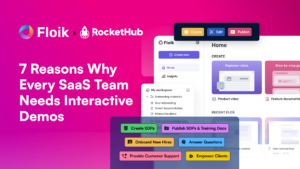
7 Reasons Why Every SaaS Team Needs Interactive Demos
Making a Case for Interactive Demos: 7 Reasons Why Every SaaS Team Needs Them Let me paint a scenario for you. You want to buy

